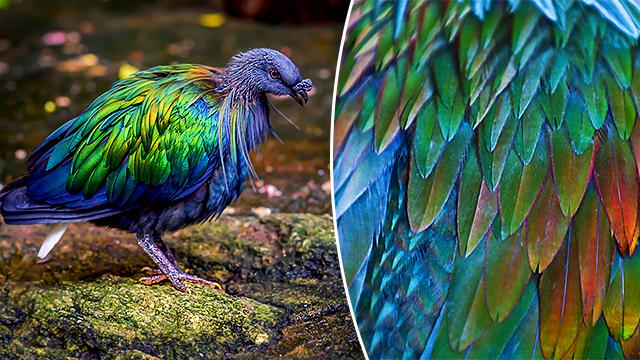Zoos and nature reserves are some of the most fascinating attractions known to mankind. With the opportunity to view animals not typically seen in urban, industrialized environments and safe opportunities to get kids excited about nature, they can be both entertaining and enriching.
The London Zoo has taken their quest to enrich lives a step further, though, with their recent release of a series of spectacular X-ray images taken by a veterinary team working with the world’s oldest scientific zoo.




